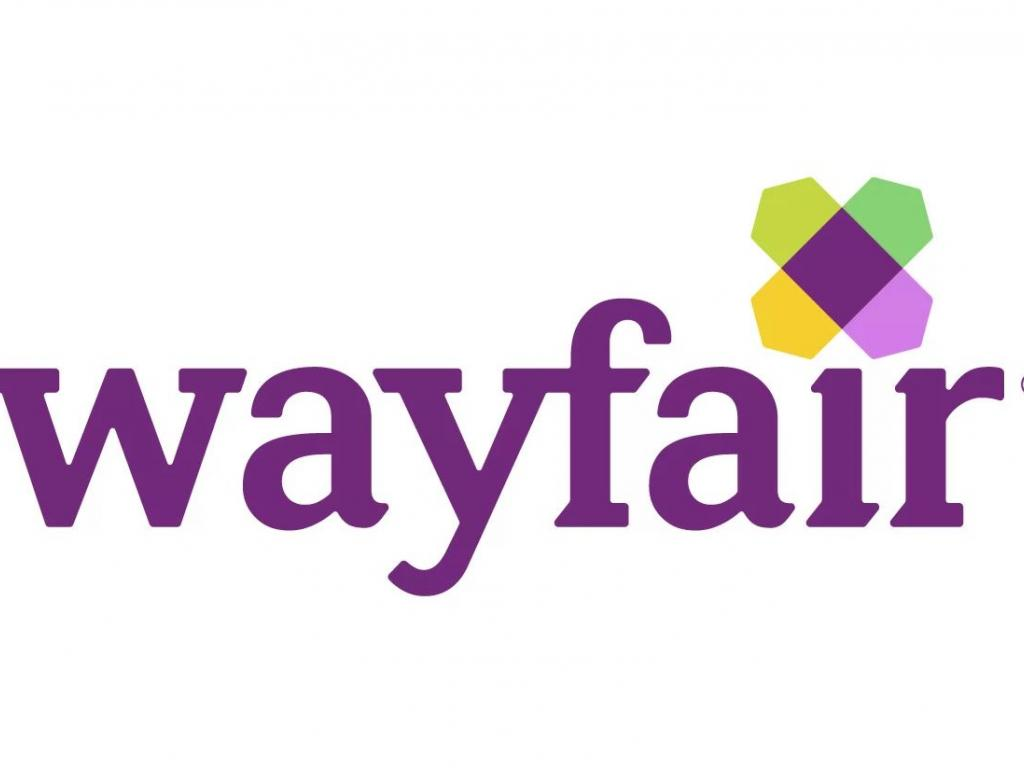Sales Tax
Online Retailers Like Wayfair Opening Pop-Up Shops at Malls
Aug. 12, 2019

Megg Dillon, 36, has been wanting to redecorate her Santa Monica, Calif., apartment, so she appreciated physically seeing the items she usually browsed online.
“I do like that pineapple,” she said to her friend, referring to the fruit-shape cutting board inside home furnishings retailer Wayfair’s pop-up shop at the King of Prussia Mall. “How cute is this?” Dillon said soon afterward, picking up Octopus bookends.
Her friend, Jenna Hunsberger, 36, of Collegeville, Pa., had her eye on a “Crazy Plant Lady” mug, snapping a picture on her phone to remember later.
Whether or not the two friends buy any of the items they saw, Radha Patel, Wayfair’s senior manager of experiential marketing, would view this interaction as a success.
“We wanted to give our customers the opportunity to touch and feel and experience our products and take it home the same day,” Patel said. “And if they don’t make a purchase, seeing the chairs, artwork, dishes, and rugs in person can give them that confidence and that ease to shop on our website.”
Retailers that started out selling online are increasingly opening physical locations, even as big-box stores struggle to get in-store business. At the King of Prussia Mall, Dormify has a pop-up for the back-to-college shopping season, and Fabletics, the digital-native athletic clothing brand, recently opened a permanent store. Other online retailers with a physical presence at the King of Prussia Mall include Casper, Bonobos and Untuckit.
“We’re at the forefront of physical retail, so we see demands from just about everybody, and it’s really exciting to be working with all of these new concepts,” said Zachary Beloff, national director of business development for Simon Property Group, the owner of King of Prussia, one of the largest malls in the United States. “It’s a great way to excite the customer and give them what they want.”
The pop-up stores have different goals from more traditional retailers, said Barbara Kahn, a marketing professor at the University of Pennsylvania’s Wharton School and author of “The Shopping Revolution: How Successful Retailers Win Customers in an Era of Endless Disruption.”
Instead of simply evaluating sales per square foot, which defined success for stores in the past, Kahn said, companies are looking more holistically at revenue and profit. Digital-native retailers can now find spaces in malls to open more of a showroom and boost brand recognition.
“Online vs. off-line is the wrong way to think about it,” Kahn said, pointing out that shopping is more integrated than that. “You’re online looking at these cool new brands, you may go to the mall to see what it looks like in person.”
This seems to be a winning strategy, research shows. Web traffic increases in markets where companies also have a physical store, according to a 2018 study from the International Council of Shopping Centers. A more recent ICSC study, analyzing more than 41 million credit and debit card holder records, showed that when customer spending originates in a store, it’s usually followed by more purchases on that retailer’s website.
The data looked at spending within 15 days of a purchase and found that consumers would spend an average of $267 within that period if they started by shopping in-store, and $231 if the consumer first shopped online.
For digital-native brands, meaning retailers that started online-only before opening brick and mortar stores, the study showed customers make 60% of purchases at the physical locations.
“These findings demonstrate that physical stores remain the core of the shopping experience,” the report said, “even if the appearance and function of store locations continue to evolve.”
The Wayfair pop-up is a 300-square-foot temporary space in Nordstrom Court, but the Boston-based company squeezed in more than 300 items. It will remain at the mall through October.
Some of the items include a $13.99 set of two solid copper martini glasses, $17.99 for two sloth tea infusers, $23.99 pineapple-scented candles, $27.99 colorful bowls, and $218.99 chairs.
Dillon ended up buying her friend a mortar and pestle set, but said she planned to check out more items she liked once she was back home.
“I am going to go online, I’m going to find these things, and I’m going to have it shipped to my house,” Dillon said.
Wayfair has seen its annual sales climb from $1.3 billion in 2014 to $6.8 billion last year. But at the same time, the company has struggled to remain profitable. The company ended last year with $504 million in losses, up from $245 million the year before.
Analysts and investors still see potential in this market. Wayfair has a 2% market share in the home furnishings industry, but analysts believe the retailer can take 10% of the market, according to an August investor note from Evercore ISI.
Wayfair’s initial public offering was priced at $29 in October 2014 and had more than quadrupled to about $125 at the close Friday.
Online retailer Dormify’s pop-up at the King of Prussia Mall has been open since May 15 and will remain there until the end of the month. The 1,800-square-foot space fits about 300 items and operates as a showroom. Customers can walk in, preview the faux brick wallpaper, lamps, drawer carts, and posters set up like a dorm room would be, and then order in store for 15% discount and free shipping.
“Oh, this looks great, Rachel, perhaps you need this,” Lori Newman, 49, of Bethlehem, Pa., said to her 20-year-old daughter as she picked up a pillow that read, “Not a morning person.”
“It’s implied,” Rachel told her mom. The family was there, with Lori’s other two kids, Ben, 17, and Hannah, 21, to do some back-to-school shopping.
“Not that they really need anything,” Lori said. The trip to the mall, she said, was “just for the fun of it.”
———
©2019 The Philadelphia Inquirer
Visit The Philadelphia Inquirer at www.inquirer.com
Distributed by Tribune Content Agency, LLC.
—————
